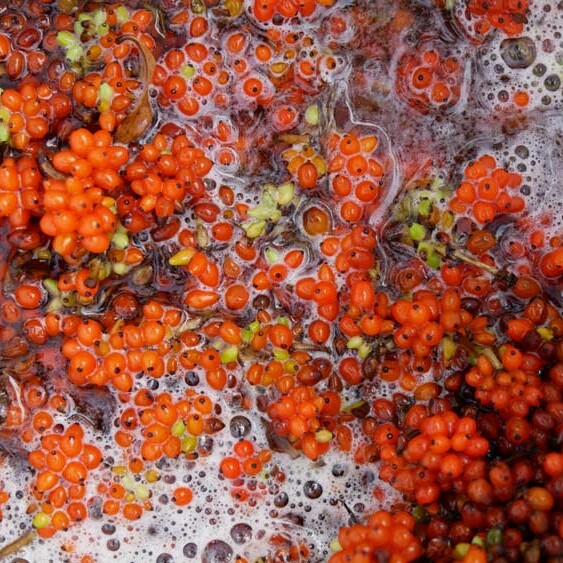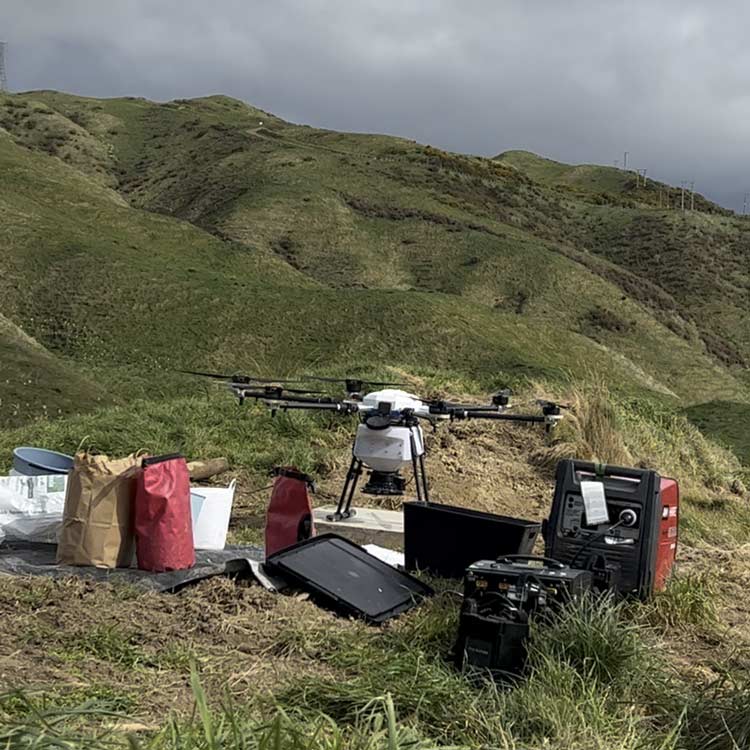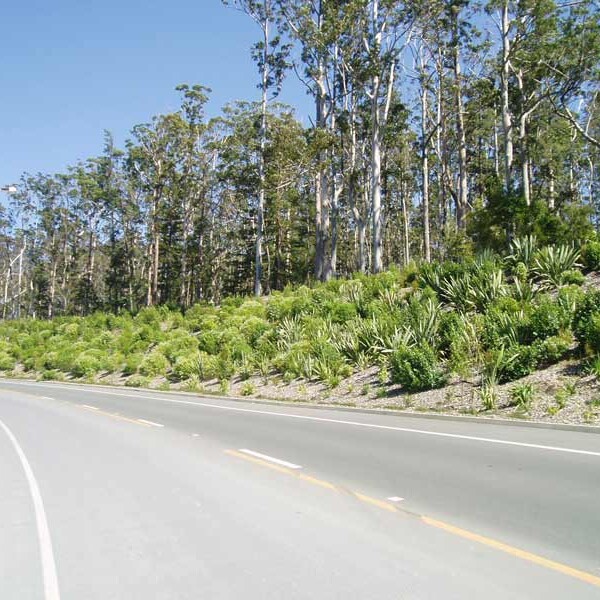CASE STUDY
Post-Earthquake Native Revegetation
Port Hills Red Zone, Christchurch
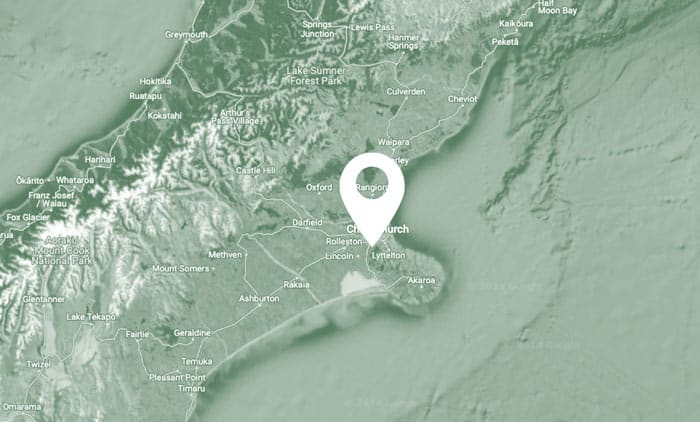
Backstory:
As a result of the sequence of Christchurch earthquakes between 2010 and 2011, many houses across the Port Hills were red zoned as the land became unsuitable for residential habitation. Land owners settled with the Crown, houses were demolished and the bare sections were recontoured. To restore the landscape, it was decided that the vacant sections would be revegetated with New Zealand native species.
In June 2017, Red Tree was accepted onto Land Information New Zealand (LINZ) panel as a preferred contractor for Port Hills Red Zone Indigenous Planting and Maintenance.
"Nature abhors a vacuum and in ecological terms that translates to, “ bare earth will not be tolerated”. In short order, Mother Nature covers exposed earth, as without protecting vegetation the earth surface is highly susceptible to wind and water erosion."
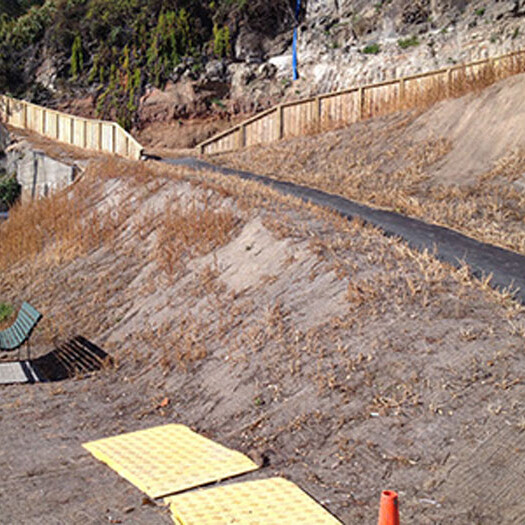
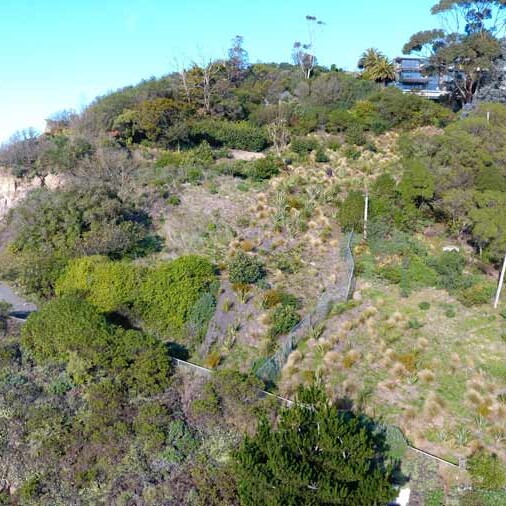
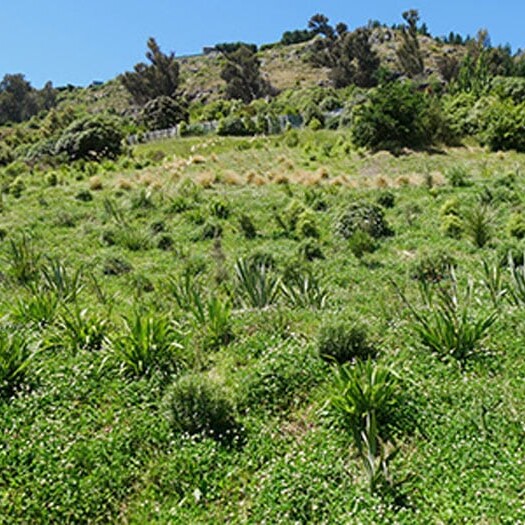
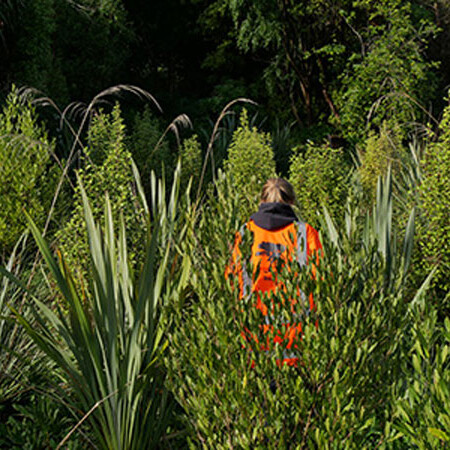
The Challenge:
Scope of work for the post-quake landscape remediation involved the maintenance and management of 7.6 hectares of planted Port Hills Red Zone sites, in the rim locations of Governors Bay, Lyttelton and the hill suburbs through from Sumner to Cashmere.
The challenge for Red Tree was to establish native plantings and binding ground covers on tough clay substrates, gradients and North-facing aspects to revegetate and stabilise the land.
Establishing native plants were forced to compete with invasive weed infestations of Fat Hen, Californian Thistle and Mallow, utilising organic weed control in high density residential zoning.
The Solution:
Nature abhors a vacuum and in ecological terms that translates to, “ bare earth will not be tolerated”. In short order, Mother Nature covers exposed earth, as without protecting vegetation the earth surface is highly susceptible to wind and water erosion. Downstream sedimentation is the consequence!
Red Tree utilized a clover plant companion technique; attractive to insects and bees, this versatile legume, with its distinctive flowers and cheerful foliage, belies a mass of rubbery roots that work to fix nitrogen into the soil as it creates a tenacious mat to bind the earth.
Clover species are numerous and by introducing the variety of clover containing the most appropriate attributes to the disturbed urban hillside sites, we were effectively able to suppress the existing bank of less helpful weeds and in conjunction with jute matting, quickly stabilize the cut faces.
In Nature nothing is wasted, everything is recycled. Red Tree Plant Technicians then hand release the natives, cutting out weeds around the stems and using the recycled biomass as a mulch around the plants. Topping using bush cutters was employed to prevent seed dispersal. On tough sites, it is essential that valuable biomass is recycled and able to enhance soil structure.
Through observing challenging site conditions and mainstream methodologies, Red Tree began conducting research in direct-seeding natives and compost-based revegetation technologies. With the intent to improve outcomes in harsh environments, the Enviroblanket® development was underway.
In support of the new technology’s potential, LINZ awarded an entire Red Zone site for Red Tree to trial the Enviroblanket®. Applied alongside traditional planting for comparison, the direct-seeding technology proved to be extremely successful.
